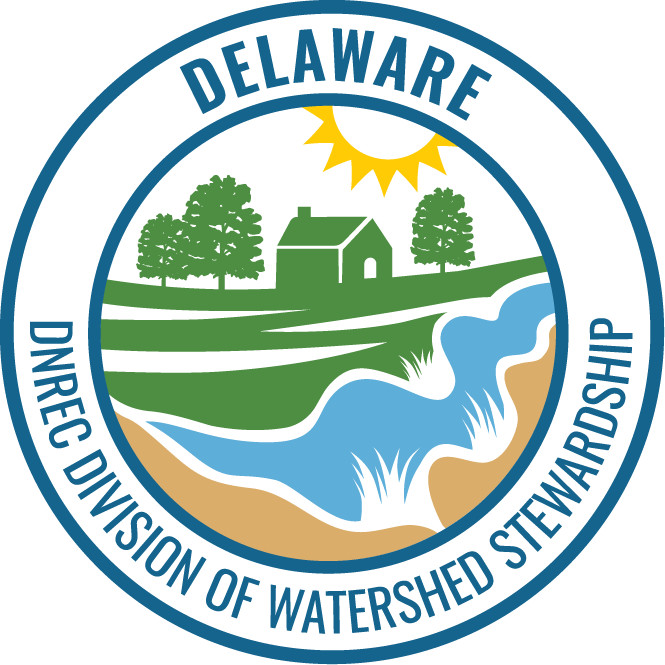
Facebook Twitter Instagram YouTube
Written on: March 13th, 2020 in Education and Outreach, Wetland Restoration
By Kelly Valencik, DNREC’s Delaware Coastal Programs Communities Seeing Shifts in Mother Nature Many communities throughout our state have already seen changes as a result of climate change- from shifting rainfall and storm patterns, to increased drought, to flooding from sea level rise. These consequences of the warming earth and ocean temperatures as a result […]
Written on: March 6th, 2020 in Wetland Assessments
In tidal marshes, accurate representation of marsh elevation or height is critical for understanding sea-level rise, tidal inundation, and storm surge. Small changes in marsh elevation can significantly change the water movement (hydrology), plants (vegetation), and habitat. Our study aims to look at and correct a remote sensing method known as light detection and ranging (LiDAR), in order to provide accurate elevation data to scientists and coastal managers in Delaware.
Written on: December 10th, 2019 in Wetland Restoration
Riparian buffers are planted areas specifically next to waterways, such as streams, ponds, wetlands, and rivers. These areas are extremely important to keeping our waters healthy. They do so by filtering and trapping nutrients and sediment out of waters before they enter our local waterways.
Written on: September 16th, 2019 in Living Shorelines
On a warm July morning not long after the official start of summer, some 2 dozen volunteers gathered at Sassafras Landing, an unimproved boat launch popular with kayakers and duck hunters inside the Delaware Division of Fish and Wildlife’s Assawoman Wildlife Area (AWA) near Frankford. Their mission: transplant nearly 5,200 plugs of native marsh grass onto what otherwise appeared to be a pristine white sand beach.
Written on: September 16th, 2019 in Education and Outreach
If you spend a lot of time traveling around Delaware, you’ll notice that northern Delaware is very different from the rest of the state. That’s because Delaware is made up of two distinct geologic regions. The northernmost part of Delaware is within the Piedmont region, while the rest of Delaware lies within the Coastal Plain region.
Written on: September 16th, 2019 in Wetland Assessments
Wetlands work is not for the faint of heart. I won’t sugar coat it for you. Its dirty. Its messy. Oftentimes pretty buggy (even though we really lucked out this year). Yep. Wetlands can be all of those things. But – they are also so much more.
Written on: September 6th, 2019 in Wetland Assessments
When a power company needed to replace a utility pole in a wetland area that was a part of a national vegetation monitoring program within the Delaware National Estuarine Research Reserve (DNERR), staff at the Reserve worked closely with the power company and with other state agencies to maintain the integrity of the datasets being collected, but also took the opportunity to begin a study on how the marsh would recover naturally from the disturbance.
Written on: May 15th, 2019 in Education and Outreach
By Alison Rogerson, DNREC’s Wetland Monitoring and Assessment Program In our Wetland Monitoring and Assessment Program we speak so often about the ecosystem services that wetlands provide or the beneficial functions wetlands perform daily. We rattle them off in varying order “provide vital habitat for plants and wildlife, improve water quality, protect our coasts, act […]
Written on: May 14th, 2019 in Wetland Animals
By Clare Sevcik, DNREC’s Nonpoint Source Program There are so many charismatic animals that make Delaware waterways their home. Most people living in Delaware can easily recognize a few of the most popular species: bald eagles, osprey, blue crabs, horseshoe crabs, beavers, river otters, and many more. But there are many more animals living below […]
Written on: May 14th, 2019 in Wetland Assessments
By Alison Rogerson, DNREC’s Wetland Monitoring and Assessment Program Our Roots In 1998 the Delaware Department of Natural Resources and Environmental Control’s (DNREC) Environmental Scientist, Amy Jacobs (now with The Nature Conservancy), took part in a grant project held by the Delaware chapter of The Nature Conservancy and the Smithsonian Environmental Research Center. This project […]